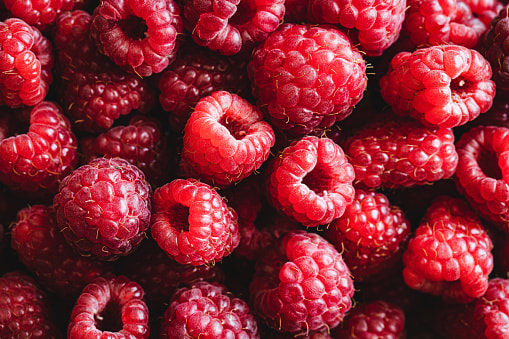|
Most of us think of gardens as sunny places, which is likely due to the fact that the crops we're used to growing and eating require full sun to thrive. And it's true: those summer veggie gardens brimming with squash, green beans, and tomatoes require a lot of sunlight. Many edible plants, on the other hand, can grow in the shade.For those of us who want to grow more of what we eat, it's critical to understand what we can grow in less-than-sunny conditions. A variety of fruits and vegetables, it turns out, prefers shade, or at least dappled shade, to do their thing. If being experimental and adventurous, with a dash of self-sufficiency, sounds like a good time, the list of shade-tolerant produce below might be just what you're looking for. 1. Ostrich Fern: Every spring, the forest floor is littered with new plant sprouts that have been waiting for some warmth. Ostrich ferns produce an abundance of edible fiddleheads (unfurled fronds) that are similar to asparagus for those in the know. They prefer partially shady locations and grow into lovely ornamental plants for the rest of the year. 2. Ramps: Ramps, also known as wild garlic, grow naturally in deciduous forests where the soil is rich in organic matter. They are spring ephemerals that prefer to bask in the sun before the trees' leaves have returned. Ramps take a while to get going (a few years before harvest), but they are perennials that can produce tasty greens for many years. 3. Creeping Raspberry: Creeping raspberry (thimbleberry) grows low and prolifically in shady areas, such as the understory of food forests, and makes an excellent edible. It produces delicate fruits that are too soft for market transportation. Nonetheless, they have a flavor similar to raspberries and make delicious jams. They prefer full shade. Another advantage is that they are thornless. 4. Wintergreen: Wintergreen is a low-growing evergreen that makes a lovely groundcover and has edible berries and tea-making leaves. Wintergreen's flavor is derived from both the berries and the leaves, as the name implies. This is an excellent groundcover for shady gardens. They can tolerate some sunlight but prefer to be in the shade. 5. Sweet Cecily: Sweet Cecily, a self-seeding member of the carrot family, will quickly spread wherever it is planted. It thrives in partial shade and produces a delicious variety of snacks, as well as attracting a large number of pollinators. Sweet Cecily, like many other wildflowers, prefers to be planted in the fall and will bloom the following spring. Grow 7 food plants in shaded areas6. Arctic Beauty Kiwi When we can grow something vertically, even in shady areas, we save valuable growing space. Arctic Beauty Kiwi thrives in partial shade. It grows to be about 10-12 feet tall and produces divine fruit that resembles hardy kiwis (smooth and green on the outside) rather than the fuzzy kiwis found in supermarkets. 7. Elderberry: Elderberry trees are voracious, quick-growing plants that thrive in wet soil and partial shade. Both the berries and the flowers are medicinal and edible. In general, the berries are used to make jam, syrup, and wine. Teas can be made from flowers. If the trees become too large, they can be pruned and will recover to continue producing. Grow a lot of food in areas that most gardeners believe are off-limits to plants. That is not the case at all. Lots of tasty foods will grow in places where the sun rarely shines.
Comments are closed.
|
Archives
January 2023
Categories
All
|

 RSS Feed
RSS Feed
